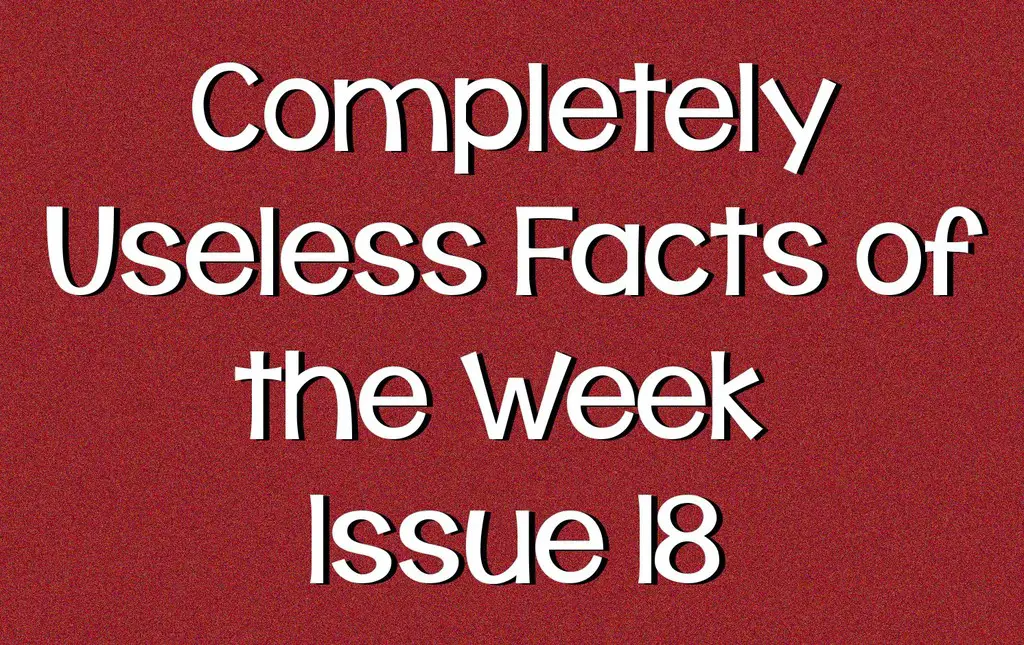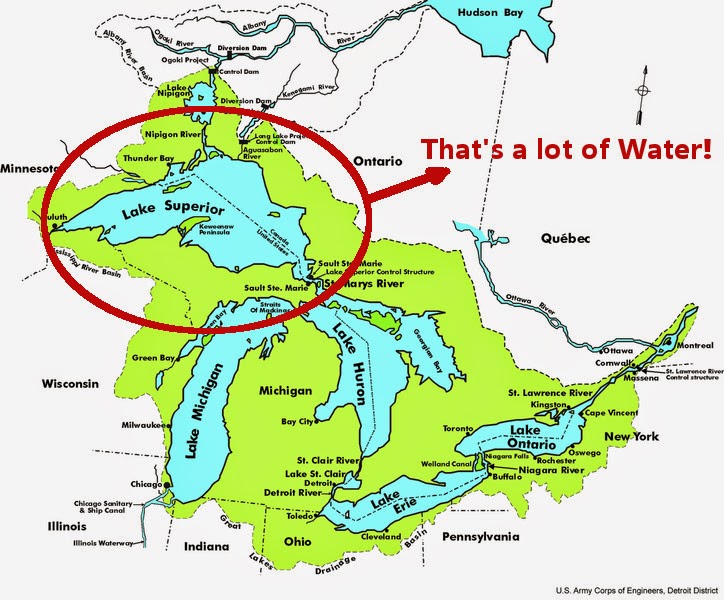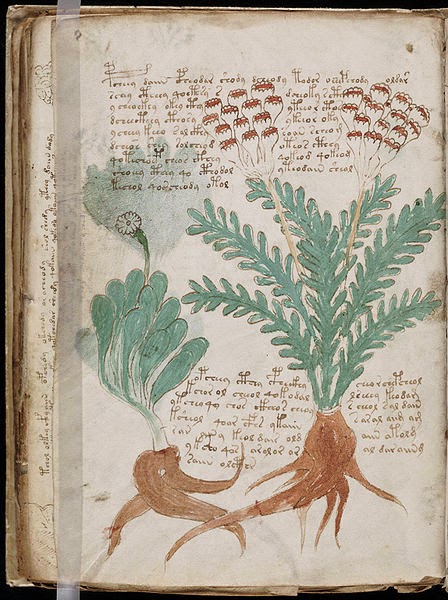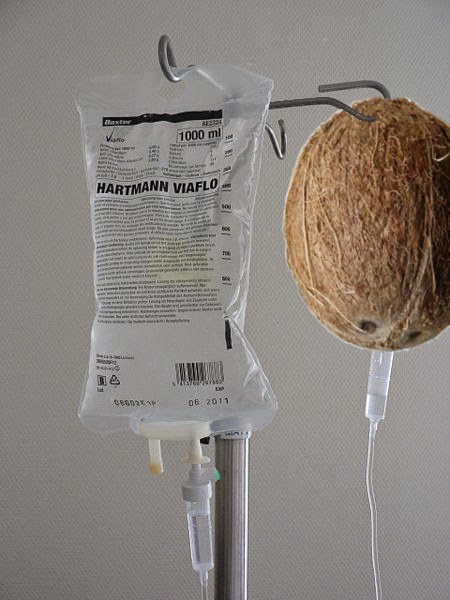 The weekly collection of useless and fun facts. In this week’s edition: Lake Superior, NYC Water, Voynich Manuscript, the NFL, and Coconut Water.
The weekly collection of useless and fun facts. In this week’s edition: Lake Superior, NYC Water, Voynich Manuscript, the NFL, and Coconut Water.
There is enough water in Lake Superior to cover the entire land mass of North and South America with about one foot of water. Not that it would happen of course, but this gives you a pretty good idea of the amount of water sitting in Lake Superior and the vast amount of area it covers. It holds about 3 quadrillion gallons of water and is about the size of the state of Maine. Lake Superior’s deepest point is 1,332 ft, and it has an average depth of 483 ft. The time when water enters Lake Superior and then leaves it is around 191 years, and it could hold all the other Great Lakes as well as three additional lakes the size of Lake Erie. Now that is a lot of water. Here’s more great facts about the Great Lakes.
The Rondout-West Branch tunnel carries half of New York City’s water supply from the Catskill Mountains and has been leaking 35 million gallons a day for the past two decades. Why the leakage, you ask? Even though the tunnel was designed to last 100 years, leaks were discovered in 1988 through cracks in the tunnel. It was originally placed into service in 1944, but New York City is finally going to have to address the problem with the 45-mile tunnel portion. Their plan is to build a bypass tunnel from 600 to 800 feet in depth with additional plans to shut it down in 2018 to complete the last phases of its construction. The leftover tunnel would then be sealed off. But the problem really comes about when the city has to shut down the tunnel. Half of New York City’s drinking water comes from here. The city plans on spending $900 million on other projects to make up for the loss when the tunnel is shut down for eight months. It’s believed that the cracks started because the tunnel passed through limestone, which allowed the concrete lining to be worn from water corrosion. New York City will have a sticky problem for many years to come.
The Voynich Manuscript is a 240 page, 600-year-old book that is written in an unknown language, despite the best efforts of cryptographers and code-breakers to decipher it. The Voynich Manuscript was believed to be written sometime during the 16th century or at the end of the 15 century. It was named after Wilfrid M. Voynich, an antique bookseller who had acquired the book in 1912. It was believed to have been owned by Emperor Rudolph II of Germany in the 1500’s or 1600’s, and that he received it from an English Astrologer named John Dee. Emperor Rudolph believed it to be the work of Roger Bacon.
The ownership beyond that time is a bit murky, but the manuscript was purchased from the Jesuit College near Rome by Voynich, and was eventually given to the Beinecke Library at Yale by H.P. Kraus, who had purchased it from the estate of Ethel Voynich, the widow of Wilfred Voynich. The book contains botanical drawings, scientific drawings, and figures in many different colors. Based on the drawings, it appears to be in six sections: astronomical and astrology, botanical, biological, cosmological, pharmaceutics, and pages of texts believed to be recipes of some sort. There is a wide-ranging debate on its authenticity. Some believe it is a hoax, while others believe it has some deeper meaning or message. One thing is for certain, it is a genuine mystery, and one that may never be solved.
Even though the NFL makes $10 billion a year , it is considered a non-profit and has a tax exempt status. It, along with the NCAA, NHL, and PGA tour, pay no federal taxes. The NFL is considered a not-for-profit under the section 501 (c)(6) of the IRS code. This is a specific section dealing with the status of boards of trade, chambers of commerce, and real estate boards not organized for profit. It also says, straight from the code itself, “professional football leagues (whether or not administering a pension fund for football players)”. This was even upheld in a court decision in 1983. Now, the NFL itself doesn’t have to pay taxes, but the individual teams do. They control the salaries, ticket prices, and leases on stadiums, and are set-up as some particular type of corporation, thus they are for-profit businesses and have to pay taxes.
The sticky part of the situation arises because even though the NFL is there to be an entity representing the overall league, it does engage in business that brings a profit, such as television deals. But the NFL doesn’t collect these profits from TV through the league office. It goes through another entity called NFL Ventures, a for-profit business that is owned by the 32 teams. The revenue from TV, sponsorships, and ticket sales is split among the teams. The NFL also doesn’t disclose its financial numbers, so the only way to gauge its real earnings comes from looking at the Green Bay Packers, a publicly traded company. It’s apparent that the NFL has a very complicated structure. One area that would be hard for the NFL to explain to keep its tax-exempt status deals with the amount it pays the NFL Commissioner Roger Goodell. He currently makes $44 million a year, which could fly in the face of the area of the code that states that any private shareholder or individual benefits from its net earnings.
If a coconut is intact, the coconut water inside is isotonic and sterile and has been found to be successful for short-term IV hydration. This could be important in areas where there is a shortage of IV fluids or in an emergency in undeveloped countries. It has even been reported as a success for IV hydration for a Solomon Island patient during an emergency and during World War II when saline supplies were low. But don’t expect to see coconut water hanging from an IV, except in some dire situation in a country without supplies. It just isn’t as good as having the real thing.
Another condensed version of this week’s useless facts is below. Until next time, remember that you’re prepared with all the facts behind the facts to annoy those around you with your new found knowledge. Have fun!
Other editions of the Completely Random Facts of the Week







